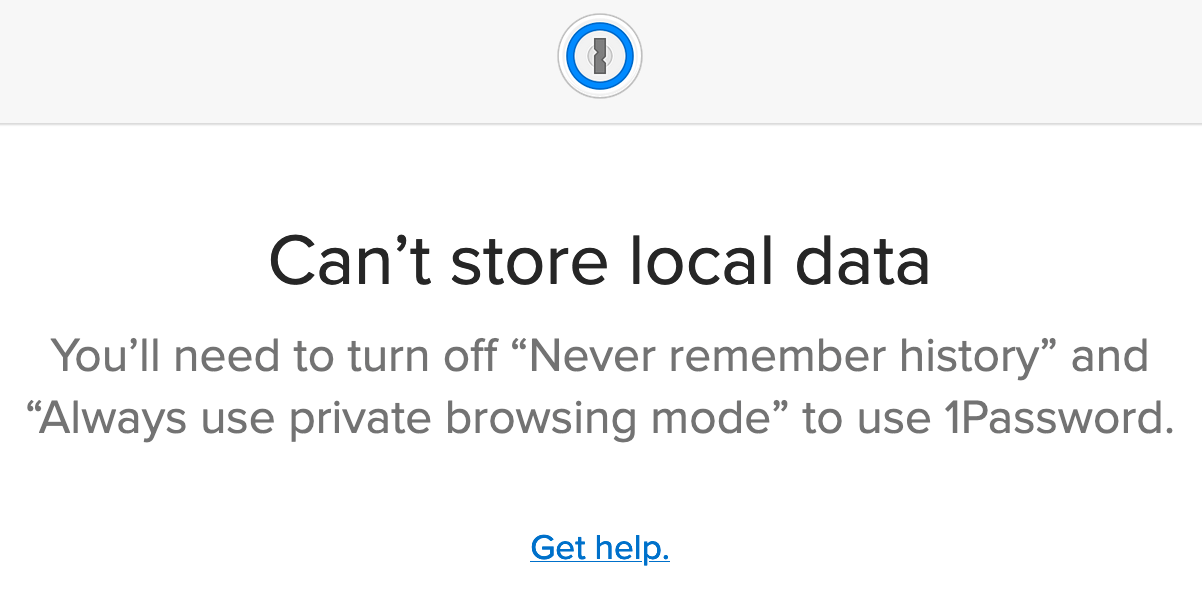
- #1password firefox mobile full#
- #1password firefox mobile software#
- #1password firefox mobile code#
- #1password firefox mobile password#
We have determined that an unauthorized party, using information obtained in the August 2022 incident, was able to gain access to certain elements of our customers’ information. …and it now seems that some of that stolen technical information was enough to facilitate a follow-on attack that was disclosed in November 2022:
#1password firefox mobile code#
LastPass did admit early on that the crooks “took portions of source code and some proprietary LastPass technical information”… Sadly, that claim turned out to be a little too bold.
#1password firefox mobile password#
LastPass did investigate, however, and felt able to make a definitive claim by September 2022:Īlthough the threat actor was able to access the Development environment, our system design and controls prevented the threat actor from accessing any customer data or encrypted password vaults. Of course, “we have seen no evidence” isn’t a very strong statement (not least because intransigent companies can make it come true by deliberately failing to look for evidence in the first place, or by letting someone else collect the evidence and then purposefully refusing to look at it), even though it’s often all that any company can truthfully say in the immediate aftermath of a breach. We have seen no evidence that this incident involved any access to customer data or encrypted password vaults. In a fit of confidence that we suspect that LastPass now regrets, the company initially said, in August 2022:

This minimises the number of times you need to go through the 2FA process yourself, while nevertheless preventing crooks from simply trying out your passwords on their own devices.
#1password firefox mobile software#
#1password firefox mobile full#

To be fair, many or most of the services you use, probably including your own employer, generally do something similar. We’re guessing that’s because LastPass, in common with most companies and online services, doesn’t literally require 2FA for every connection where authentication is needed, but only for what you might call primary authentication.

Unfortunately, as you can read above, two-factor authentication (2FA) didn’t help in this particular attack. There’s not an awful lot left in this paragraph if you drain out the jargon, but the key phrases seem to be “compromised endpoint” (in plain English, this probably means: malware-infected computer), and “persistent access” (meaning: the crooks could get back in later on at their leisure). While the method used for the initial endpoint compromise is inconclusive, the threat actor utilized their persistent access to impersonate the developer once the developer had successfully authenticated using multi-factor authentication. He threat actor gained access to the Development environment using a developer’s compromised endpoint. N unauthorized party gained access to portions of the LastPass development environment through a single compromised developer account.Ī follow-up announcement about a month later was similarly inconclusive: Popular password management company LastPass has been under the pump this year, following a network intrusion back in August 2022.ĭetails of how the attackers first got in are still scarce, with LastPass’s first official comment cautiously stating that:


 0 kommentar(er)
0 kommentar(er)
